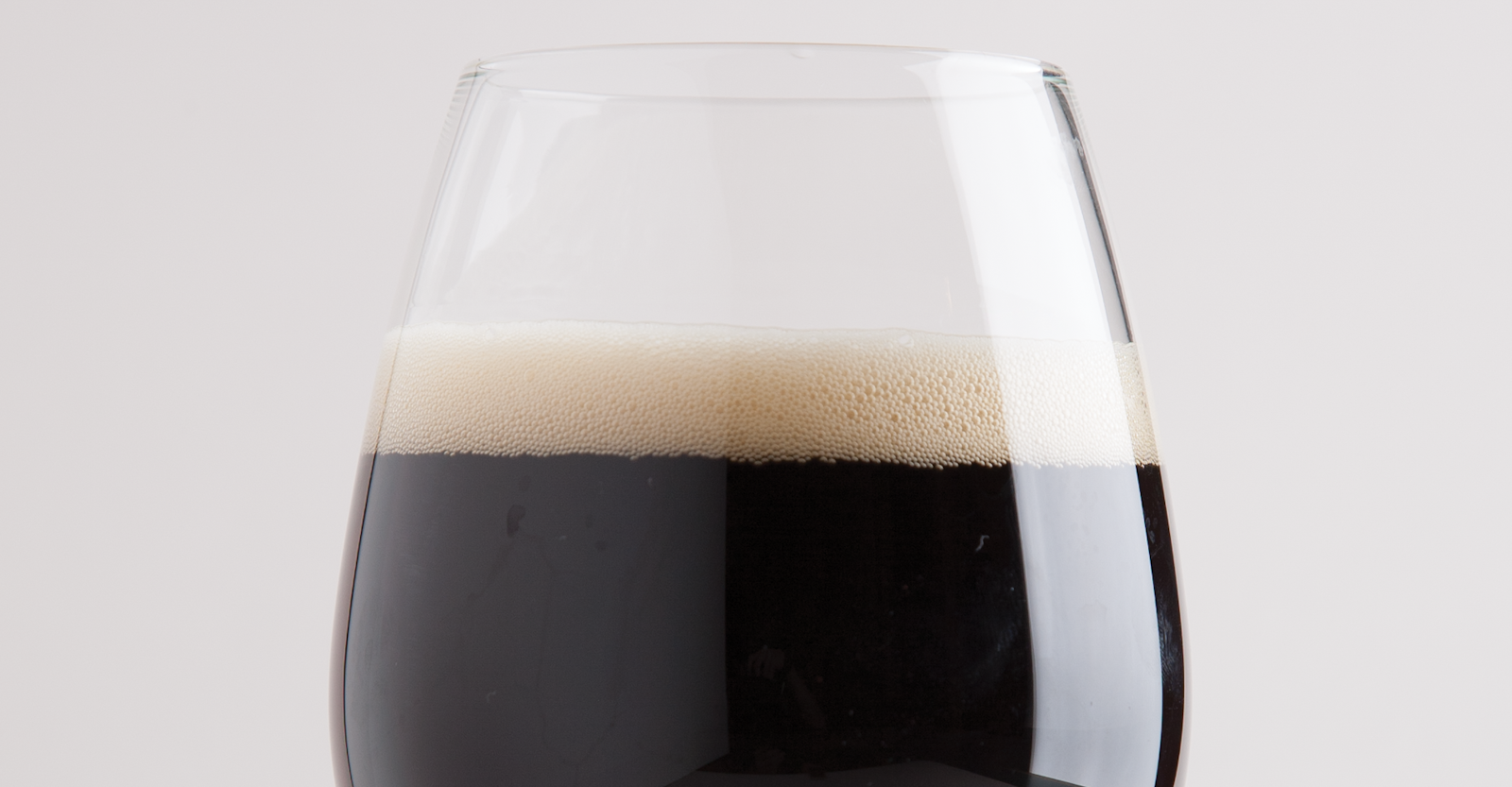Going by one name is often a sign of world-beating success or notoriety. Madonna. Pele. Leonardo. Porter.
Okay, fine—we’ll use its full name, just to avoid confusion: English Porter (or Brown Porter, if you prefer). But there’s no question about its place in the beer pantheon. English Porter is one of the oldest continually-produced styles of beer in the world, dating in its current form back to at least the early 18th century, and with good reason: it’s a firm and flavorful palate experience that has earned its longevity by offering an interesting (but never overpowering) drinking experience. Like most great beer styles, it’s a great ride, and one you can take more than once.
Style
English Porter can be distinguished from its louder porter brethren by its relative restraint in three areas: roast, alcohol, and hopping.

